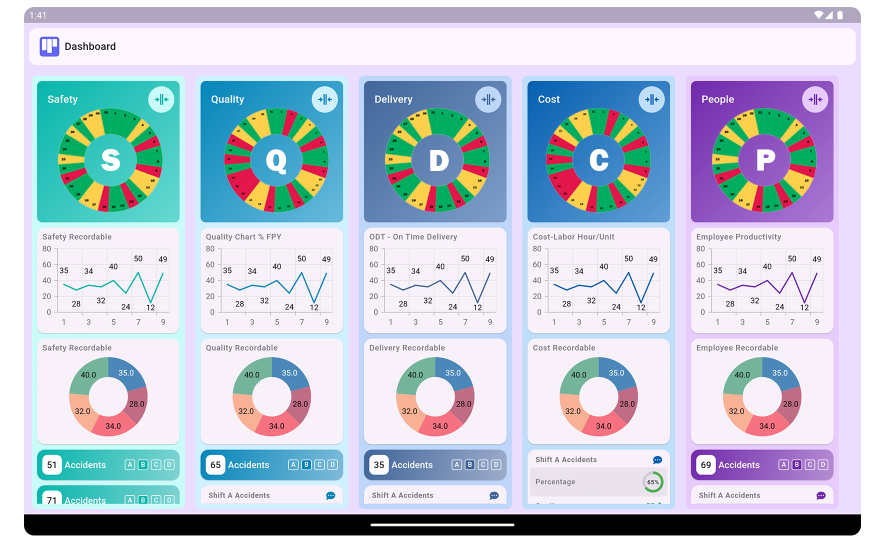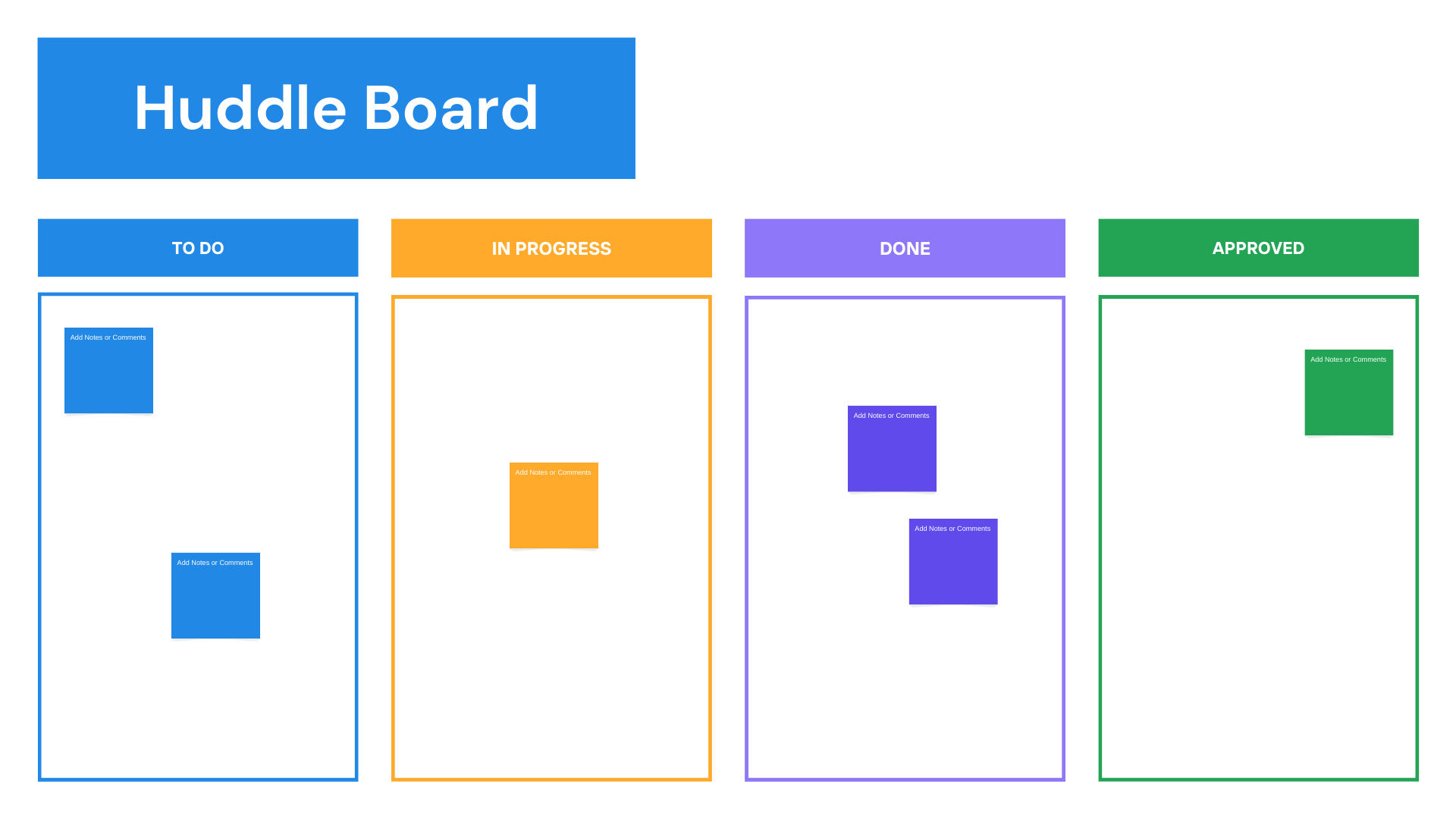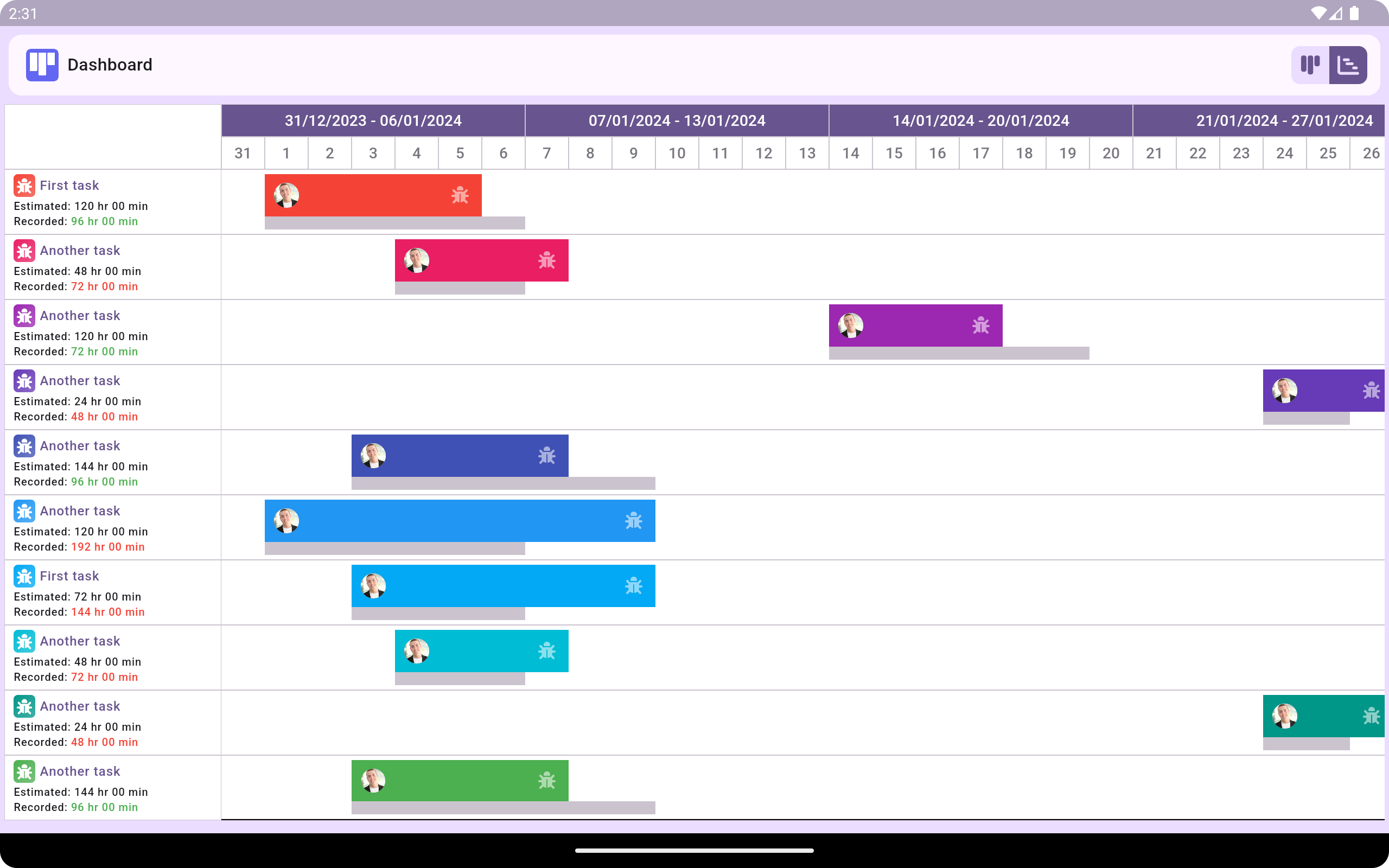In today’s fast-paced business landscape, organizations must leverage effective project management tools to enhance team collaboration and optimize workflows. Huddle Boards and Gantt Charts are two powerful visual management tools that, when used in conjunction, can significantly improve project delivery and drive revenue growth.

Understanding Huddle Boards
Huddle Boards are visual management tools designed to facilitate daily team meetings, often referred to as "huddles." They typically display critical information such as project statuses, upcoming deadlines, team responsibilities, and performance metrics.

Key features of Huddle Boards include:
- Real-time Updates: Team members can quickly update the board with the latest information, allowing for instant visibility into project progress.
- Visual Indicators: Color-coding and visual cues help teams identify issues or delays at a glance, enabling proactive problem-solving.
- Structured Meetings: Huddle Boards guide daily stand-up meetings, keeping discussions focused and time-efficient.
The Role of Gantt Charts
Gantt Charts are a project management tool that visually represents a project timeline. They illustrate the start and end dates of individual tasks, their duration, and dependencies between tasks. Gantt Charts are invaluable for planning and scheduling, providing a clear overview of project progress and ensuring that deadlines are met.

Key components of Gantt Charts include:
- Task Breakdown: Projects are divided into smaller, manageable tasks, each with assigned start and end dates.
- Task Dependencies: The relationships between tasks are depicted, allowing teams to understand which tasks must be completed before others can begin.
- Progress Tracking: Teams can easily monitor task completion status, making it easier to identify bottlenecks and delays.
Integrating Huddle Boards and Gantt Charts
While Huddle Boards and Gantt Charts serve different purposes, their integration can significantly enhance project management processes. Here’s how they complement each other:
1. Enhanced Communication and Collaboration
Huddle Boards foster an environment of open communication during daily meetings. By discussing updates from the Gantt Chart, teams can address concerns related to timelines, dependencies, and task allocations. This synergy ensures everyone is on the same page and can collaborate effectively to achieve project goals.
2. Improved Accountability
Using both tools helps establish clear responsibilities within the team. The Gantt Chart assigns specific tasks to individuals or groups, while the Huddle Board provides a platform for accountability during daily meetings. Team members can report on their progress, discuss challenges, and outline next steps, fostering a culture of responsibility and ownership.
3. Real-time Problem Solving
Huddle Boards allow teams to identify issues as they arise. When a delay is noted on the Gantt Chart, it can be immediately addressed during the daily huddle. This real-time problem-solving approach minimizes project disruptions and keeps the team focused on delivering results.
4. Clear Focus on Priorities
Both tools help teams maintain focus on priorities. The Gantt Chart outlines which tasks are critical to project success, while the Huddle Board highlights daily objectives and key performance indicators (KPIs). This alignment ensures that team efforts are directed toward the most impactful activities, ultimately driving revenue growth.
Benefits of Using Huddle Boards and Gantt Charts Together
Integrating Huddle Boards and Gantt Charts offers several advantages for organizations:
- Increased Efficiency: Teams can streamline workflows by quickly addressing delays and reallocating resources as needed.
- Enhanced Visibility: Combining these tools provides a comprehensive view of project health, making it easier to identify trends and forecast outcomes.
- Data-Driven Decision Making: Access to real-time data from both tools allows teams to make informed decisions quickly, reducing the risk of costly mistakes.
- Boosted Morale: Improved collaboration and communication foster a positive team environment, leading to higher employee engagement and satisfaction.
Implementing Huddle Boards and Gantt Charts in Your Organization
To successfully integrate Huddle Boards and Gantt Charts, consider the following steps:
- Define Your Objectives: Clearly outline the goals you want to achieve with both tools, ensuring alignment with your overall business strategy.
- Select the Right Tools: Choose user-friendly Huddle Board and Gantt Chart solutions that fit your organization’s needs, whether physical boards or digital platforms.
- Train Your Team: Provide training on how to effectively use both tools, emphasizing their complementary roles in project management.
- Establish Regular Meetings: Schedule daily huddles to discuss progress, updates, and challenges, ensuring consistent use of the Huddle Board.
- Review and Adjust: Continuously assess the effectiveness of both tools and make adjustments as necessary to optimize performance and outcomes.
Conclusion
In conclusion, Huddle Boards and Gantt Charts are powerful tools that, when used together, can enhance project management processes and drive revenue growth. By fostering communication, improving accountability, and enabling real-time problem-solving, these tools empower teams to work more efficiently and effectively. As organizations continue to navigate the complexities of project delivery, leveraging the synergy between Huddle Boards and Gantt Charts will be key to achieving sustainable success and maintaining a competitive edge.
1. What are Huddle Boards?
Huddle Boards are visual management tools used in team meetings to track project progress, set daily goals, and enhance communication among team members.
2. What is a Gantt Chart?
A Gantt Chart is a project management tool that visually represents a project timeline, displaying tasks, durations, start and end dates, and dependencies between tasks.
3. How do Huddle Boards and Gantt Charts complement each other?
They enhance project management by combining real-time communication (Huddle Boards) with clear task scheduling and tracking (Gantt Charts), improving overall team efficiency.
4. Why are Huddle Boards important for team collaboration?
Huddle Boards facilitate daily meetings where teams can share updates, address challenges, and align on priorities, fostering a collaborative environment and accountability.
5. How do Gantt Charts help in project planning?
Gantt Charts allow teams to break down projects into manageable tasks, establish timelines, and visualize dependencies, which aids in effective planning and scheduling.
6. What benefits do organizations gain from using both tools?
Using Huddle Boards and Gantt Charts together increases efficiency, enhances visibility into project status, fosters better communication, and ultimately drives revenue growth.
7. How often should Huddle Boards be reviewed?
Huddle Boards should be reviewed daily, typically during brief team meetings to ensure everyone is updated on progress and any issues are promptly addressed.
8. Can Gantt Charts be customized?
Yes, Gantt Charts can be customized to reflect specific project needs, including task details, timelines, and resource allocations, to better fit the project's objectives.
9. What types of projects benefit most from using Huddle Boards and Gantt Charts?
Projects that involve multiple team members, tight deadlines, and complex task dependencies, such as product development or marketing campaigns, benefit significantly from these tools.
10. How can teams effectively implement both tools in their workflow?
Teams can implement Huddle Boards and Gantt Charts by defining objectives, selecting appropriate tools, training members, establishing regular meeting schedules, and continuously reviewing their effectiveness.